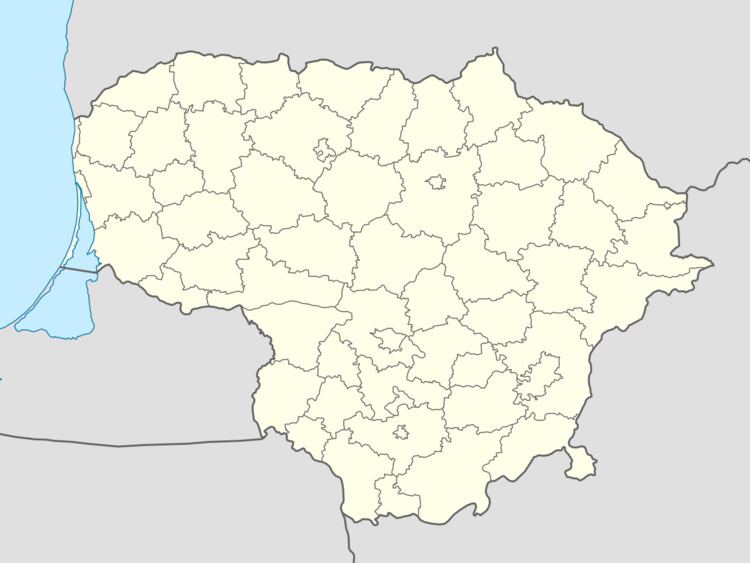Area 56.02 km² | Established 1992 | |
 | ||
Governing body State Service for Protected Areas | ||
Seaside Regional Park (Lithuanian: Pajūrio regioninis parkas) is a regional park located on the coast of the Baltic Sea in Western Lithuania. 54% of its 5602 ha is sea and 36% forest. The administration offices are in Karklė. The park was founded in order to preserve the continental coastal landscapes/seascapes, the natural and cultural heritage properties, the biological diversity of the Baltic Sea, and the marine boulder beds.
Contents
Natural Assets
The park boasts unique residual Lake Plazė (Plocis), continental dunes, an 18–20 m high bluff on the Baltic Sea, glacial boulder fields on the coast, and Olando kepurė Hill, which is and has been a navigational guide for sailors and fishermen. It also has flora and fauna specific to the fields and forests of the dunes and the coastal plains. Water birds nest and make migratory stopovers in the Baltic Sea, Lake Kalotė, and Lake Plazė.
The coastline in the park is being constantly washed by the waves, turning it into tree-topped bluffs. Karklė is distinguished by its exposed clay, the only such seaside location in Lithuania. The highest point (24 m above sea level) is called Olando kepurė, where both the beach and the seabed just offshore are littered with a layer of large stones polished by time and water. The last natural sand dunes to the north of Klaipėda survive here. A valuable fish spawning ground exists offshore and large flocks of birds overwinter in the area.
The top of Olandų kepurė bluff, the roofs of the old military fortifications popularly called the ‘pillboxes’ or the ‘black fortress’, and the blind beside Lake Plazė are good places for bird watching.
Cultural heritage
A Kurhaus (German spa hotel) has been restored in Nemirseta. An old ship rescue station built in the early 20th century has survived on the coast. There are old farmsteads and an old cemetery in Karklė. Kalotė boasts a manor house, an old school, and several old farmsteads while burials with stone kerbs (Called ‘circles’ in scientific literature, they were common in the first half of the 1st millennium.) have been found nearby. German defensive fortifications are of interest on the coast to the north of Giruliai.
Leisure time and recreation
The ecological education routes are short, but it is possible to on some routes to become acquainted with several ecosystems. There are more than ten car parks, from which fantastic park locations can be reached. The most interesting locations can be reached by bicycle. The best swimming and sunbathing locations are at the Žuvėdra (Seagull) recreational camp, Karklė, and Nemirseta. A couple of camping sites have been created beside Lake Kalotė.
The most popular foot paths are the coastal path from Klaipėda to Palanga as well as those in the Olandų kepurė and Nemirseta Landscape Preserve.
The bike paths connecting Klaipėda with Palanga also provide access to Olando kepurė Hill and Nemirseta observation deck, and Karklė ethnographic village. The park administration organises bike tours.
Only part of the Placis Nature Reserve is open to the public.
Park Day, the Fishing Regatta, and Bonfire Night (the last Saturday of August).
Seashore bicycle routes
From the town of Klaipeda there are three-way bicycle tracks extending for more than 200 km.
